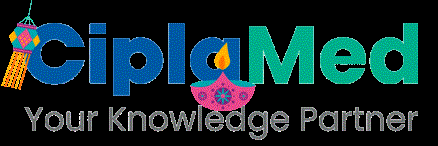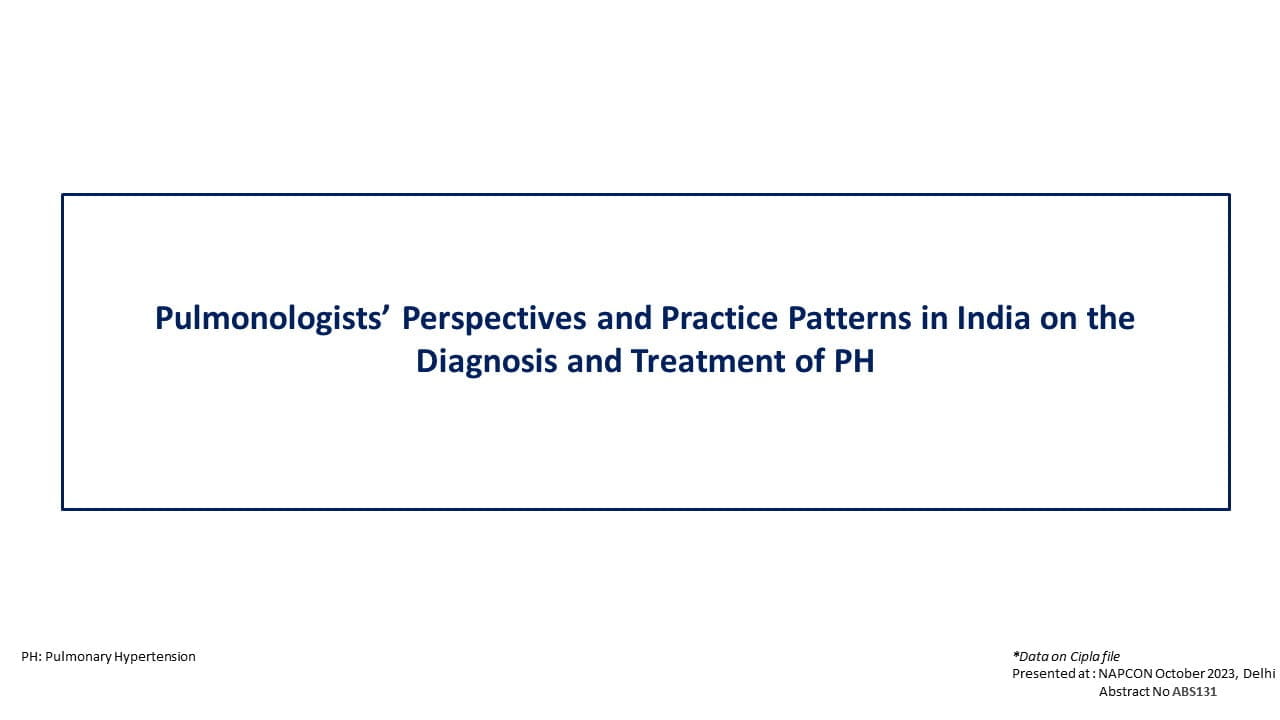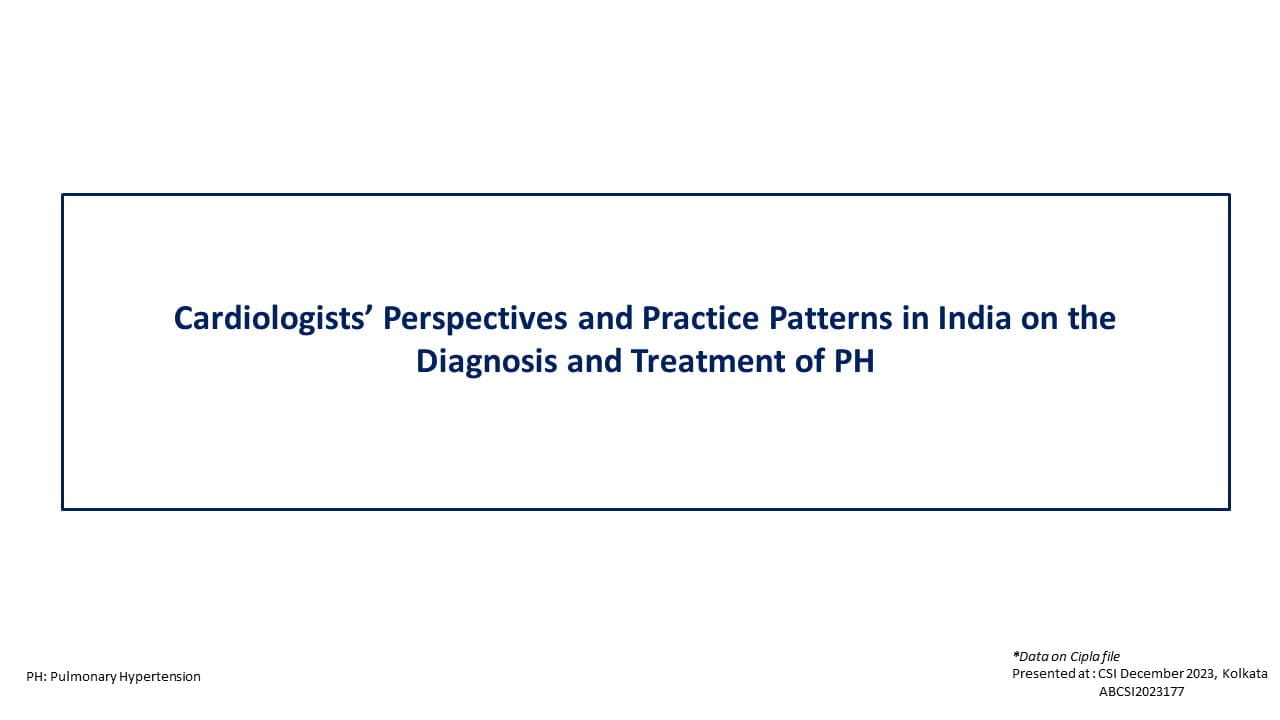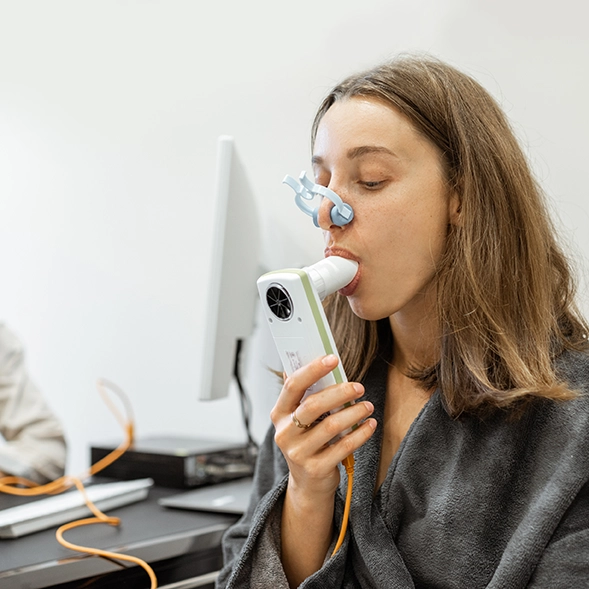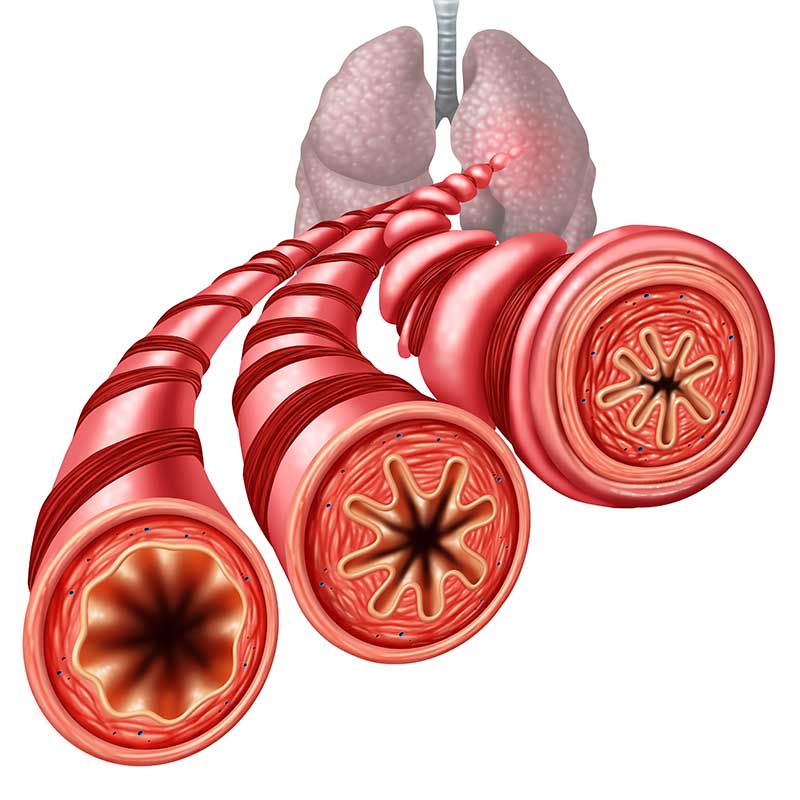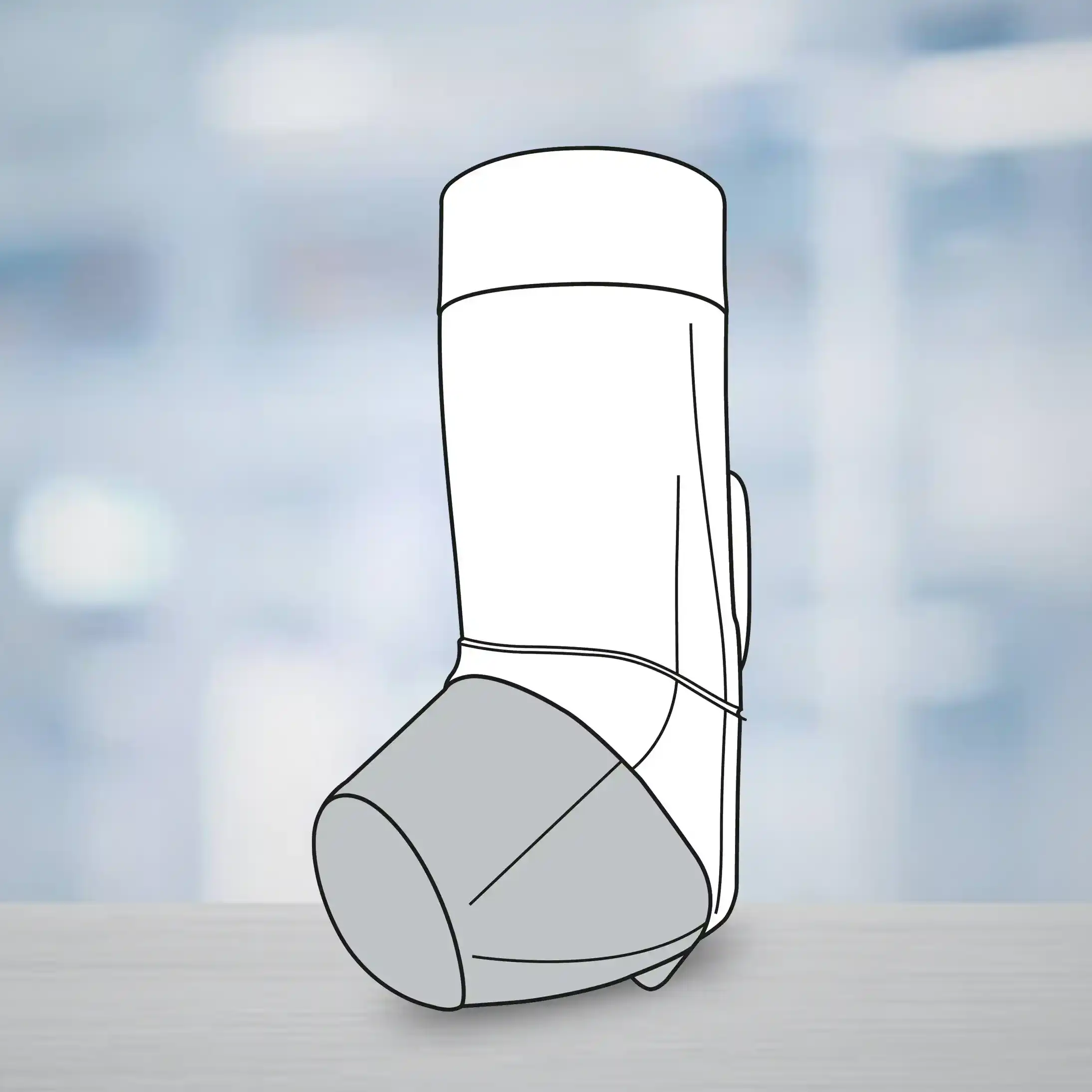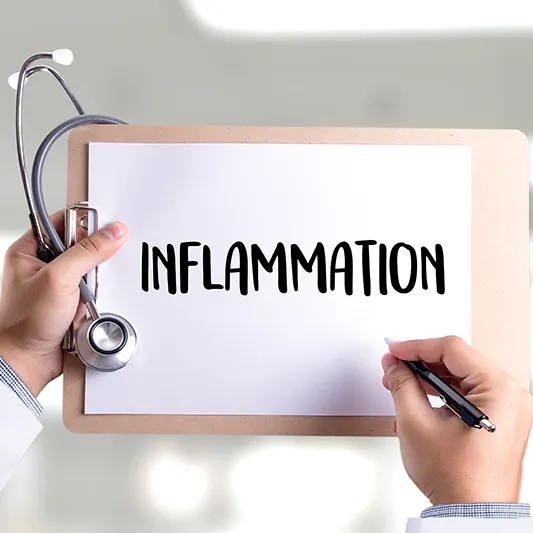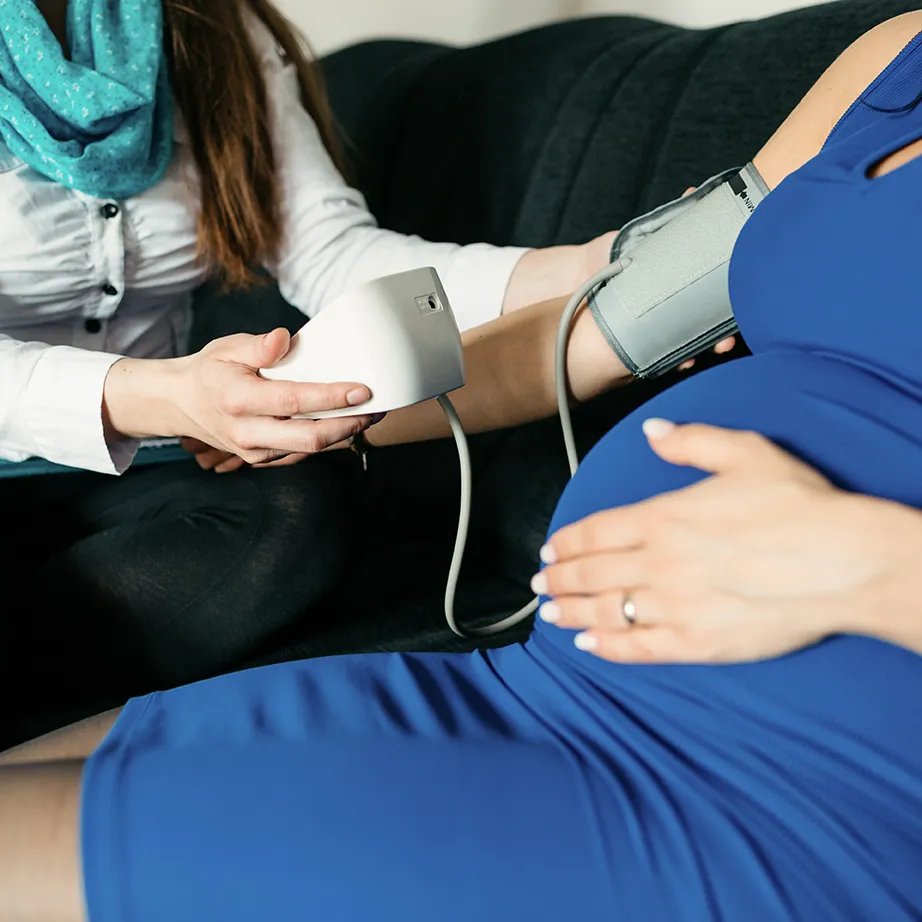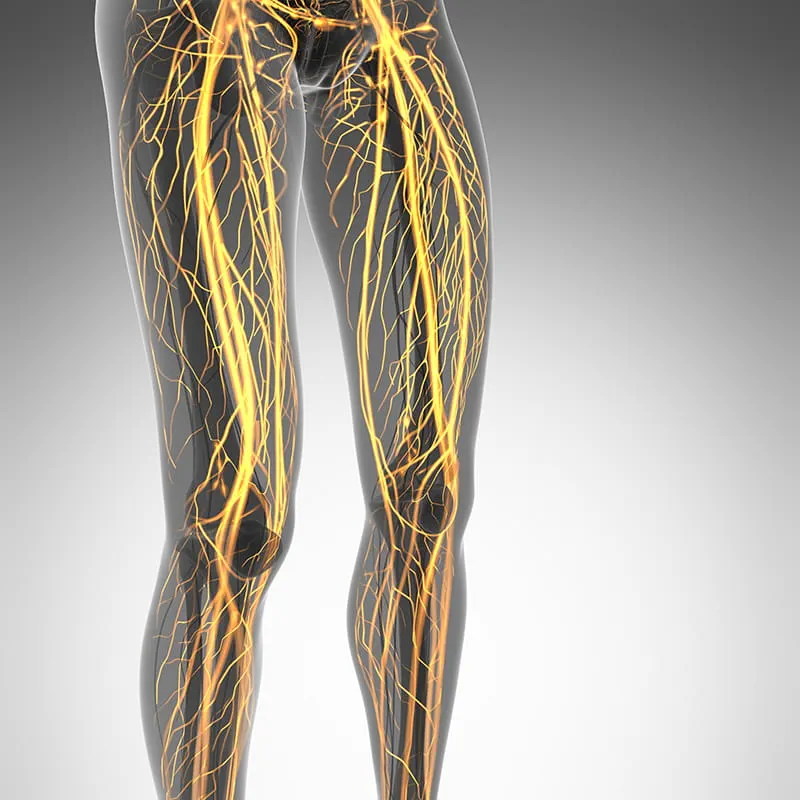Introduction
Glomerular hyperfiltration, a frequent finding in patients with type-2 diabetes mellitus (T2DM), is associated with irreversible nephron damage and progression of chronic kidney disease (CKD). Treatment with sodium-glucose cotransporter (SGLT)-2 inhibitors attenuates fasting glomerular hyperfiltration in patients with T2DM. Nevertheless, SGLT2-inhibition increases glucagon levels, resulting in postprandial hyperfiltration. The impact of SGLT2 inhibition on protein-related hyperfiltration and postprandial (intra) kidney hemodynamic function has not been studied well till date. Dipeptidyl peptidase (DPP)-4 inhibitors improve the glycemic control in T2DM by lowering the glucagon level in the postprandial state. It remains undetermined whether the potentially reduced efficacy of SGLT-1 inhibitor can be modulated by suppressing glucagon levels with a DPP-4 inhibitor.
Aim
To compare the impact of empagliflozin and linagliptin in mono- and combination therapy vs. the initiation and intensification of sulfonylurea (SU)-derivative gliclazide treatment on fasting and postprandial kidney hemodynamic function.
Patient Profile
- Men and post-menopausal women (age 37-75 years) with T2DM, treated with metformin monotherapy.
- The glycosylated hemoglobin (HbA1c) of the study population was in the range of 7.0%–9.5% and the body mass index (BMI) was >25 kg/m2.
Methods
Study Design
- The RACELINES (Renal Actions of Combined Empagliflozin and LINagliptin in type 2 diabetES) trial was a phase-IV, monocenter, randomized, double-blind, comparator-controlled, 3-armed parallel-group mechanistic intervention trial.
Treatment Strategy
- Patients were randomized 1:1:1 after a 6-week run-in period:
- Group A: EMPA-LINA: 8-week empagliflozin 10 mg QD (EMPA0-8w) followed by the addition of 8-week linagliptin 5 mg QD (LINA8-16w)
- Group B: LINA-EMPA: 8-week linagliptin (LINA0-8w) followed by the addition of 8-week empagliflozin (EMPA8-16w)
- Group C: GLIC-GLIC: 8-week gliclazide 30 mg QD (GLIC0-8w) followed by the addition of 8-week gliclazide 30 mg (GLIC8-16w).
Assessments
- Kidney hemodynamic interactions for this combination were studied using iohexol and PAH clearance techniques to assess measured glomerular filtration rate (mGFR) and effective renal plasma flow (ERPF).
Outcomes
- The empagliflozin-induced monotherapy (baseline-to-8-week) change compared to gliclazide in fasting and postprandial mGFR.
Results
- Overall, 65 patients were randomized to either EMPA-LINA (N=23), LINA-EMPA (N=22) or GLIC-GLIC (N=20). The adherence to medication was 85%, and 61 patients completed the study.
- The 8-week and 16-week fasting glucose reductions were similar between the treatment groups. LINA8-16w and EMPA8-16w showed a modest reduction in average postprandial glucose excursions as compared to GLIC8-16w.
- In the fasting state, EMPA0-8w reduced within-group mGFR (−13.2; −21.3 to −5.1 mL/min) but not LINA0-8w. Similarly, EMPA8-16w reduced within-group mGFR (−10.2; −16.5 to −4.0 mL/min) but not LINA8-16w.
- Significant reductions were seen within-group mGFR after a protein load with EMPA0-8w (−11.4; −20.2 to −2.6 mL/min) and EMPA8-16w (−16.2; −22.9 to −9.4 mL/min) but not with LINA0-8w or LINA8-16w.
- Fasting mGFR EMPA0-8w, EMPA8-16w and EMPA-LINA and postprandial mGFR EMPA8-16w and LINA-EMPA, decreased significantly, as compared to the comparator group.
- Reductions in mGFR were due to intrakidney efferent vasodilation rather than afferent vasoconstriction.
- Body weight reduction was seen in EMPA0-8w, EMPA8-16w, EMPA-LINA and LINA-EMPA groups, on the contrary, the body weight increased with GLIC-GLIC.
Conclusions
- Amongst T2DM patients without CKD, empagliflozin demonstrated persistently favourable kidney hemodynamic effect in the postprandial state, irrespective of concurrent use of linagliptin.
- Combination therapy with empagliflozin and linagliptin had no beneficial or harmful fasting or postprandial kidney hemodynamic interactions.
- The combination therapy was safe with a beneficial impact on glucose control without any hinderance to the favorable mGFR responses to SGLT2 inhibition in T2DM patients.
Diabetes Obes Metab. 2025;27:3943–3956.

